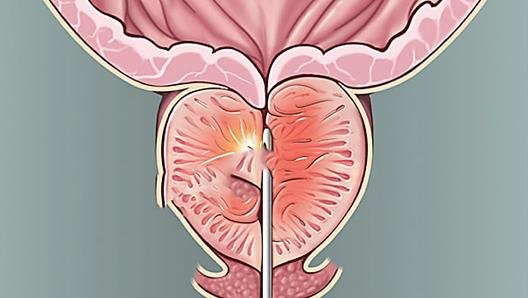Dealing with an enlarged prostate can be a cause for concern and may lead to various symptoms that impact your quality of life. Whether you’re looking for supportive therapy options, are concerned about prostate cancer, or experiencing symptoms of an enlarged prostate, it’s important to understand the condition and seek appropriate care. In this article, we’ll explore the causes, symptoms, treatments, and important information related to an enlarged prostate.
An enlarged prostate, also known as benign prostatic hyperplasia (BPH), is a common condition that affects many men as they age. It occurs when the prostate gland, which is located below the bladder, gradually grows in size. As the prostate expands, it may start to squeeze the urethra, the tube through which urine flows. This compression can lead to a range of urinary symptoms and impact your daily life.
Understanding Enlarged Prostate and its Symptoms

One of the most critical aspects of dealing with an enlarged prostate is understanding the symptoms associated with the condition. The symptoms of an enlarged prostate can vary from person to person, but they often revolve around changes in urination. Some common signs of an enlarged prostate include:
- Difficulty initiating urination or experiencing a weak urine flow
- Frequent urination, especially at night (nocturia)
- The urgency to urinate and a feeling of incomplete bladder emptying
- Dribbling at the end of urination
- Increased frequency of urinary tract infections (UTIs)
These symptoms can significantly impact your daily routine, disrupt your sleep, and affect your overall well-being. If you are experiencing any of these signs, it’s essential to consult with a urologist for a proper diagnosis and to discuss potential treatment options.

